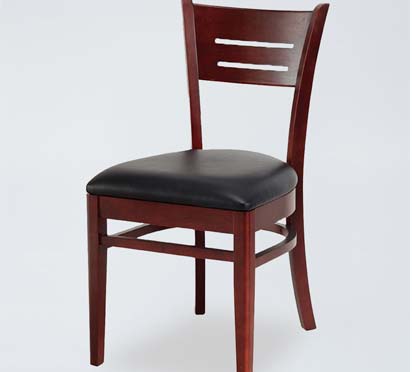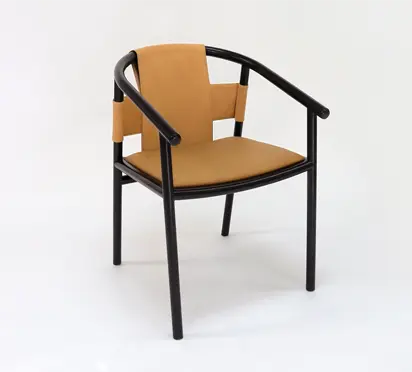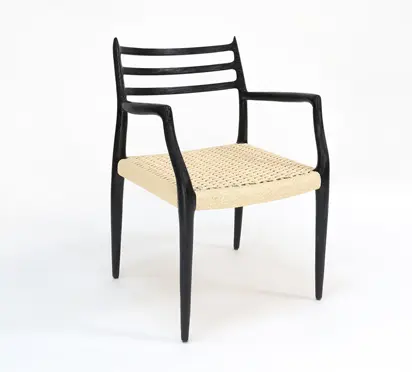
Email Us
zhan@tjlulu.com/zhanlulu6@gmail.comEnglish
×

Email Us
zhan@tjlulu.com/zhanlulu6@gmail.comThe Wishbone Chair has graced the covers of countless interior design magazines worldwide and is considered the supermodel of the chair world. The bespoke wishbone chair has been in continuous production since its launch in 1950 and is a classic icon of modern Danish design.
The Bespoke Wishbone Chair, also known as the Y-Chair, features a backrest and armrests formed by steam bending combined with a flat wooden Y-shaped structure. Two rear legs rotate upward from the seat to support the armrests, giving this chair a sculptural quality. Its simple lines retain a unique Nordic flavor while also possessing the historical charm of Chinese furniture.
Its Y-shaped backrest not only provides reliable support but is also comfortable and compact. The bespoke wishbone chair appears lighter than Ming-style furniture and incorporates a paper cord woven seat, adding comfort and texture. The seat can last up to fifty years, thanks to the tightly woven paper cord and the meticulously crafted knots on the back of the seat.
The Bespoke Wishbone Chair offers comfort and stability, satisfying aesthetic needs for a uniquely elegant form.
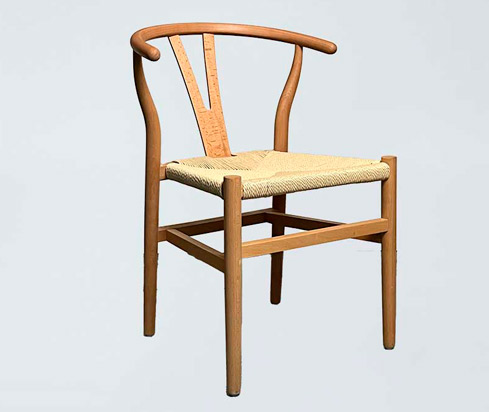
Clearly a Nordic chair, yet it exudes the charm of Chinese furniture, all thanks to its designer—the master chairmaker Hans J. Wegner.
Wegner studied at the Royal Danish Academy of Fine Arts in his youth. When the Danish Design Museum acquired a mid-1800s Chinese chair with smooth curves and mortise-tenon joints, he was smitten, planting the seeds for his obsession with Chinese style.
Later, inspired by a painting titled "Dutch Merchant in a Ming Chair," he created the "China Chair" in 1944.
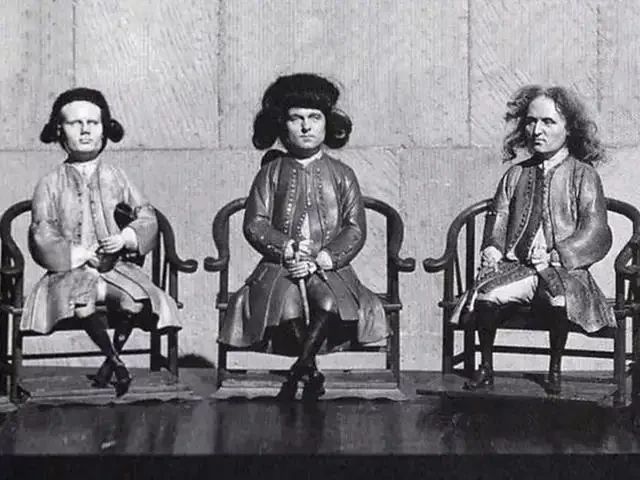
Wegner retained the Chinese round-back chair's "round heaven square earth" concept and mortise-tenon structure, simplifying the decorations and removing the base's extra braces, making the "China Chair" more streamlined.
In 1949, the Wishbone Chair was born, featuring the distinctive Y-shaped backrest that allows the spine to lean farther back when seated.
The backrest and armrests are made using steam bending techniques, with two rear legs rotating upward to support the armrests, creating a beautiful flow from backrest to armrest.
Low and short armrests bring the chair closer to the table, providing more space for the seated person.
The seat is also noteworthy.
Right after World War II, suitable seaweed was unavailable, so paper cord was used to craft the seats manually. A single seat requires 120 meters of paper cord, and skilled workers can weave one in 1 hour. It is incredibly durable, lasting up to fifty years.
There are only a few people worldwide capable of tying such knots. Some have tried to repair Wishbone Chairs, but often fail when it comes to re-weaving the intricate knots.
This chair embodies Nordic simplicity and crispness while retaining the charm of Chinese Ming Dynasty round-back chairs. No matter the angle, it looks like a piece of art.
The Bespoke Wishbone Chair is highly popular, largely because architects and designers praise it. Whether in wooden homes or concrete spaces, it blends effortlessly. When in doubt about which chair to choose for your home, this one is a safe bet.
Our sales will contact you in 24 hours.
Quick Links
Call
+86 22 25791779Address
Rm601, Suite B, Haowei Building, Third Avenue, Teda, Tianjin, ChinaCopyright ©Tianjin Lulu International Trade Co., LtdAll Rights Reserved.
